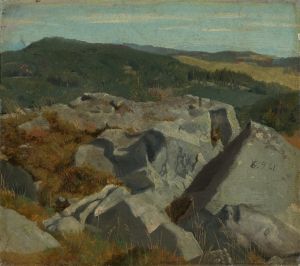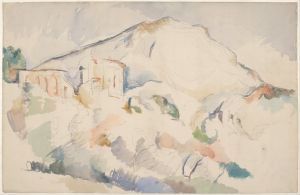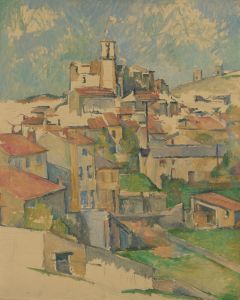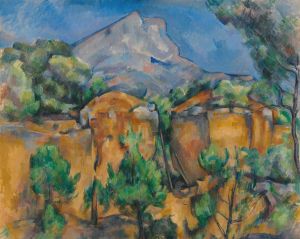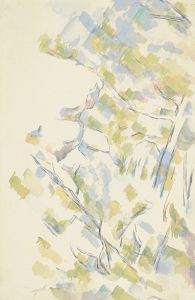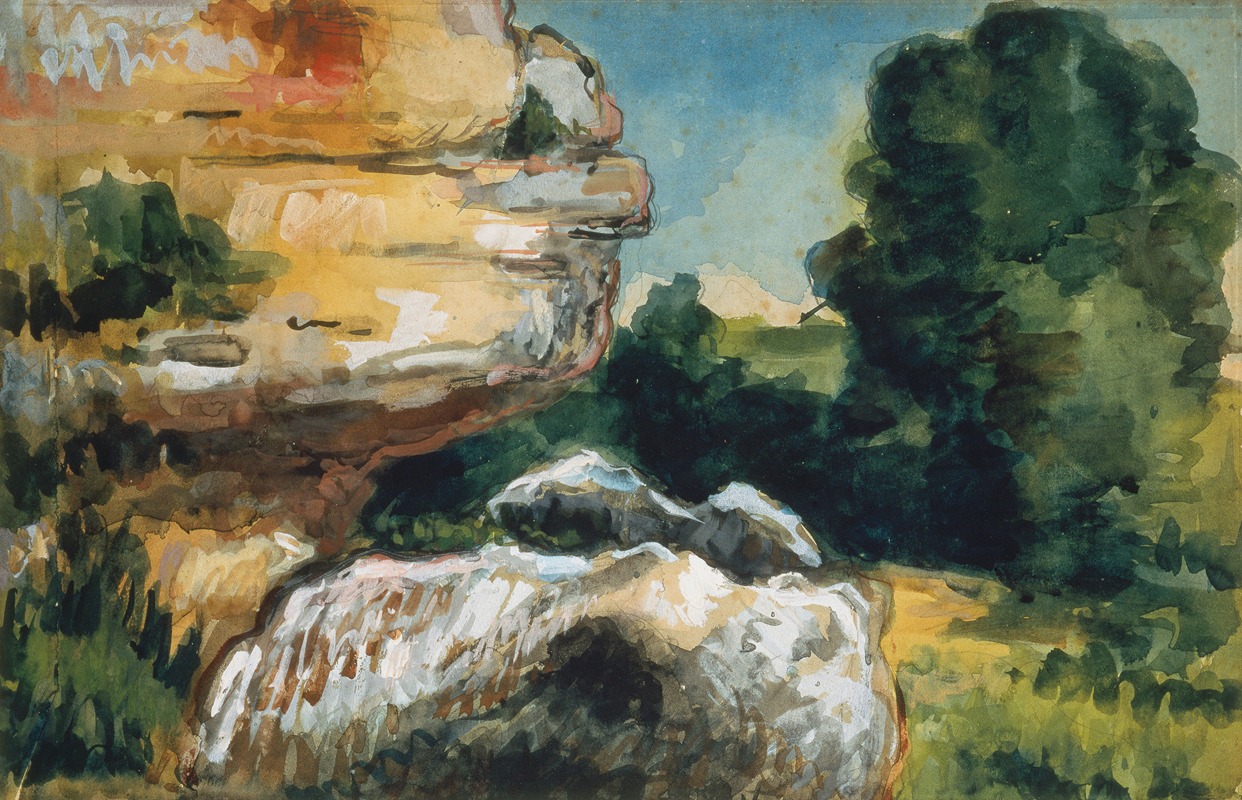
Rocks
A hand-painted replica of Paul Cézanne’s masterpiece Rocks, meticulously crafted by professional artists to capture the true essence of the original. Each piece is created with museum-quality canvas and rare mineral pigments, carefully painted by experienced artists with delicate brushstrokes and rich, layered colors to perfectly recreate the texture of the original artwork. Unlike machine-printed reproductions, this hand-painted version brings the painting to life, infused with the artist’s emotions and skill in every stroke. Whether for personal collection or home decoration, it instantly elevates the artistic atmosphere of any space.
Paul Cézanne, a pivotal figure in the transition from 19th-century Impressionism to 20th-century Cubism, is renowned for his unique approach to form and color. Among his extensive body of work, Cézanne's paintings of rocks stand out as a testament to his innovative techniques and his deep engagement with the natural world. While specific details about a painting titled "Rocks" by Cézanne are not widely documented, his series of rock paintings collectively offer insight into his artistic vision and methodology.
Cézanne's fascination with geological forms is evident in several of his works, where he meticulously captures the rugged beauty and structural complexity of rocks. These paintings are often characterized by a careful study of light, shadow, and the interplay of colors, which together create a sense of volume and solidity. Cézanne's approach to painting rocks was not merely about replicating their appearance but about understanding their form and essence. He sought to depict the underlying structure of the natural world, which he believed was composed of geometric shapes like cylinders, spheres, and cones.
In his rock paintings, Cézanne often employed a technique known as "constructive brushstroke," where each brushstroke contributes to the overall structure of the painting. This method allowed him to build up the surface of the canvas in a way that emphasized the three-dimensionality of the rocks. The use of color in these works is particularly noteworthy; Cézanne would layer colors to create depth and texture, often using contrasting hues to highlight the contours and planes of the rocks.
Cézanne's rock paintings are also significant for their compositional balance. He had a keen eye for arranging elements within the frame to create a harmonious and stable composition. This balance is achieved through the careful placement of rocks, trees, and other natural elements, which guide the viewer's eye through the painting. The result is a dynamic yet cohesive image that captures the viewer's attention and invites them to explore the intricacies of the natural world.
The landscapes of Provence, where Cézanne spent much of his life, provided the perfect backdrop for his explorations of rock formations. The region's distinctive geological features, with its rugged hills and limestone outcrops, offered Cézanne an endless source of inspiration. His repeated studies of these landscapes reflect his dedication to capturing the essence of the natural environment and his belief in the importance of direct observation.
Cézanne's influence on subsequent generations of artists cannot be overstated. His innovative approach to form and color laid the groundwork for the development of Cubism and modern abstract art. Artists such as Pablo Picasso and Georges Braque drew inspiration from Cézanne's work, particularly his ability to break down natural forms into geometric shapes and his emphasis on the structural aspects of painting.
In summary, while specific information about a painting titled "Rocks" by Paul Cézanne is limited, his broader body of work on rock formations exemplifies his revolutionary approach to art. Through his meticulous study of form, color, and composition, Cézanne not only captured the beauty of the natural world but also paved the way for future artistic movements. His rock paintings remain a testament to his enduring legacy as a master of modern art.






